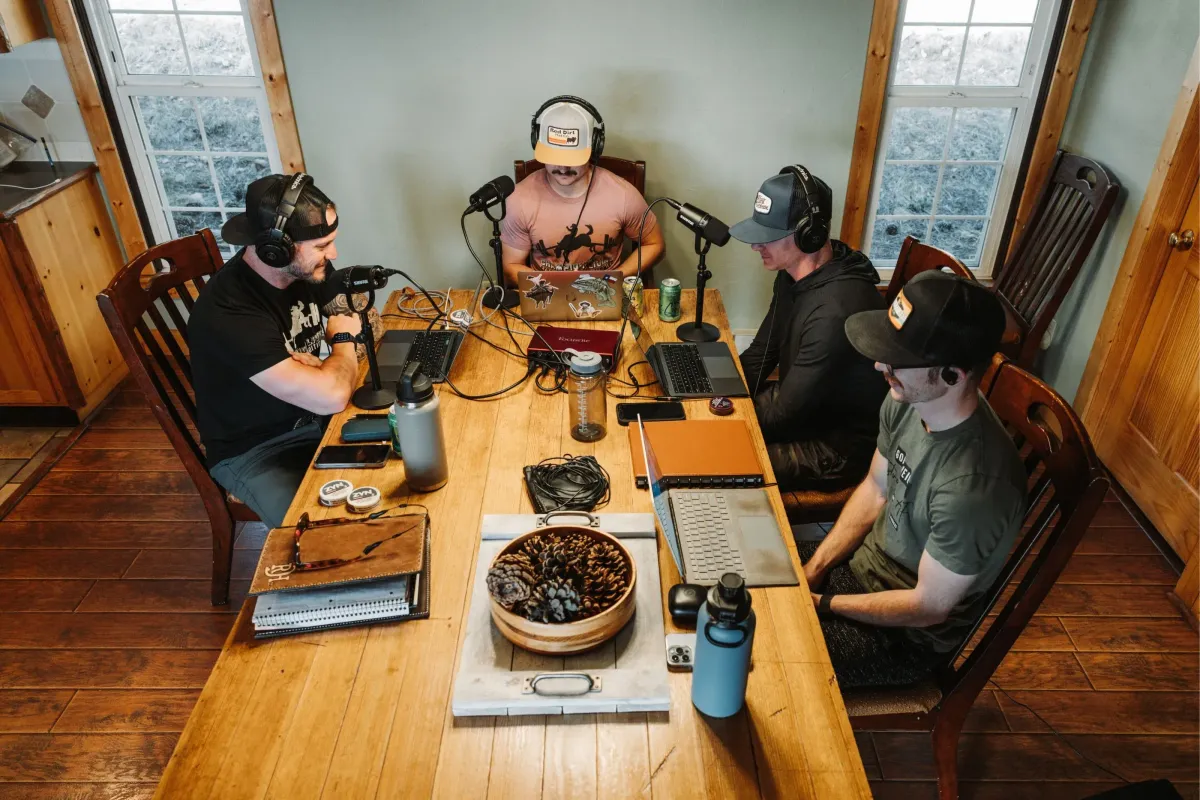Champion Living Fitness
What is Champion Living Fitness?
Champion Living Fitness exists to build stronger, longer-lasting rodeo and western athletes through elite training, expert coaching, and relentless community support — online and in person.
Coaching
At Champion Living Fitness, we have a variety of programs to fit your fitness functionalities! You can choose to use our Champion's Fitness App Workouts, Workout & Fitness, Fitness only, or join our monthly membership to download our trainings and do them on your own time!


PODCAST
Champion Living with Doug Champion
In this trailblazing, first of its kind podcast, you'll have access to everything fitness, nutrition, and mindset as it pertains to the modern day Professional Rodeo Cowboy/Athlete.
Merchandise
"Put in the WORK" Champion Living Fitness Unisex Jersey Short Sleeve Tee
$22.00
"Achieve Greatness" Champion Living Women's Ideal Racerback Tank
$22.00
"Achieve Greatness" Champion Living Unisex Premium Pullover Hoodie
$34.00
"Life's Tough Get A Helmet" Champion Living Fitness Unisex Jersey Short Sleeve
$22.00
Latest
Blogs

Unlocking Real Recovery with Dr. Willie Villarreal
Dr. Willie Villarreal breaks down real recovery tools for athletes, from peptides to NAD to smarter mobility. Learn what actually works, what to avoid, and how to stay strong, durable, and performing ... ...more
Fitness in Rodeo
November 21, 2025•4 min read

Behind the Brand with Beastmaster Rodeo Gear
New episode with Beastmaster Rodeo Gear, fresh app programs, and more ways to train smarter and perform your best. Tune in and see what’s new at Champion Living Fitness! ...more
Fitness in Rodeo
November 06, 2025•2 min read

Recovery Fundamentals: The Real Secret to Getting Stronger
Discover the real secret to getting stronger: recovery. Learn the Champion Living approach to sleep, nutrition, and stress management — the three pillars that rebuild strength, balance hormones, and b... ...more
Fitness in Rodeo
October 23, 2025•4 min read
SIGN UP FOR COACHING
JOIN OUR MAILING LIST
CHECK OUT OUR PODCAST
FOLLOW US ON INSTAGRAM
WEBSITE DESIGNED BY:




























